This Part focuses on how extrachromosomal DNA (ecDNA) shapes spatial heterogeneity and evolution in glioblastoma (GBM). We outline the extreme copy-number gains of drivers (EGFR/PDGFRA/CDK4) on ecDNA, region-to-region response gaps, and the structural evidence that EGFRvIII can arise from EGFR wild-type ecDNA and co-exist. We also touch on spatial modeling (e.g., SPECIES) and translate the findings into region-aware therapeutic designs.
Key Takeaways (3–5 lines)
- In GBM, drivers on ecDNA reach extreme copy numbers and vary across regions within the same tumor.
- Core vs margin gradients in dosage seed regional differences in responses to surgery, radiation, and drugs.
- EGFRvIII likely derives from EGFR wild-type ecDNA, with both co-existing within tumors.
- Spatial models (e.g., SPECIES) quantify selection, drift, and movement—informing region-aware treatment planning.
1. Study Design Essentials
Large cohorts combine whole-genome sequencing, multi-region sampling, DNA-FISH, and nascent RNAscope to jointly profile copy number, structure, expression, and spatial distribution on ecDNA. Spatial models (e.g., SPECIES) then estimate selection strengths and diffusion constraints.
2. ecDNA Landscape: High-Copy EGFR/PDGFRA/CDK4
In GBM, key drivers frequently reside on ecDNA with higher copy numbers and structural diversity than linear amplifications. EGFR often appears alone on ecDNA, whereas PDGFRA or MDM2 may co-occur with other genes. Multiple ecDNA clones can co-exist, forming region-specific dosage profiles.
3. Spatial Heterogeneity: Core vs Margin Gradients
Multi-region profiling reveals biased dosage landscapes—e.g., higher EGFR/PDGFRA/CDK4 copies in the core and lower at margins (or vice versa). Unequal segregation and local selection weave together to produce regional response gaps to radiation and drugs.
With models like SPECIES, selection, diffusion limits, and treatment-induced bottlenecks can be inferred, explaining clone turnovers at recurrence. This underpins sequential and region-aware combinations (including “one-two punch”) from the outset.
4. Where Does EGFRvIII Come From?
Structural evidence indicates that EGFRvIII resides on ecDNA and co-exists with EGFR wild-type ecDNA within the same tumor. Shared breakpoints/rearrangements support a derivation model: EGFRwt ecDNA → secondary events → EGFRvIII ecDNA. Their “heteroplasmy-like” co-existence implies that single-target approaches may fail to eradicate all subclones.
5. Therapeutic Translation: Region-Aware Designs & One-Two Punch
5.1 Region-aware Planning
- Pre-op: build dosage maps from multi-region sampling/imaging fusion; optimize resection, radiation boosts, and drug sequencing.
- Time-series strategy: target high-copy regions with DNA-damaging agents/inhibitors, then deploy senolytics to clear low-copy residuals (“one-two punch” adapted to GBM).
- Monitoring: track post-op rebound via cfDNA/signaling to trigger timely follow-on therapy.
5.2 Targets & Combinations
- EGFR axis: assume EGFRwt/vIII co-existence; evaluate combinations (inhibitors/ADCs/radiation) that cover both.
- PDGFRA/CDK4 axis: pushing on high-copy regions may spare senescent/dormant low-copy pockets—hence add senolytics for “bottom-sweeping.”
- ecDNA dynamics (hypothesis): mitigating unequal segregation/hub formation may complement cytotoxic/targeted regimens.
My Commentary & Outlook (Part 2)
In GBM, drivers such as EGFR/PDGFRA/CDK4 frequently sit on ecDNA at extreme copy numbers, creating steep core–margin dosage gradients. Evidence that EGFRvIII arises from EGFR-wild-type ecDNA and co-exists within the same tumor clarifies why single-axis inhibition rarely suffices. Treatment design must read both the dosage landscape and the evolutionary path at once.
Practically, construct a pre-operative dosage map (multi-region sampling + imaging fusion). Concentrate a strong first strike on high-copy regions (radiation/targeted agents/ADCs), then perform a senolytic sweep to remove low-copy senescent pockets—integrated into a time-sequenced plan. Choose combinations that cover EGFRwt and EGFRvIII, balancing toxicity and delivery constraints. Longitudinal cfDNA and local markers should be tied to a predefined threshold table that triggers follow-on therapy when rebound signals cross actionable limits.
The key mindset is probabilistic: relapse is about where and when regrowth ignites. Share that model with a single figure overlaying the core–margin dosage terrain and the EGFRwt→EGFRvIII derivation path. With that visual plus disciplined sequencing, region-aware strategies can trade short-lived responses for durability.
Next
We will outline intervention hypotheses targeting ecDNA (unequal segregation, hubs, replication stress) and time-series monitoring using cfDNA.
References
- Extrachromosomal DNA–Driven Oncogene Spatial Heterogeneity and Evolution in Glioblastoma. (PDF)
- Extrachromosomal DNA–Driven Oncogene Dosage Heterogeneity Promotes Rapid Adaptation to Therapy in MYCN-Amplified Cancers. (PDF)
- Extrachromosomal DNA: A Trusted Path to Tumor Heterogeneity. (PDF, Review)
This article was edited by the Morningglorysciences Team.
The text synthesizes recent academic findings. Clinical decisions must follow qualified medical guidance.
Related Articles


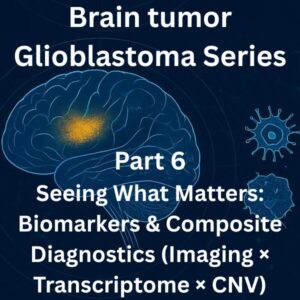
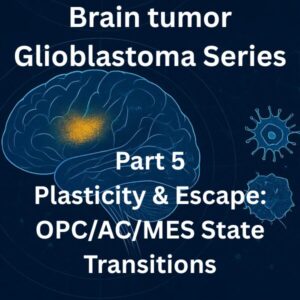
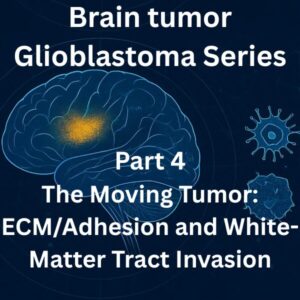
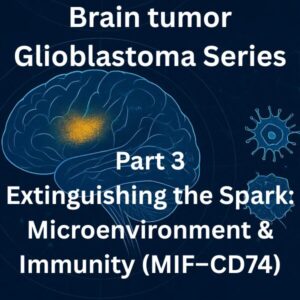
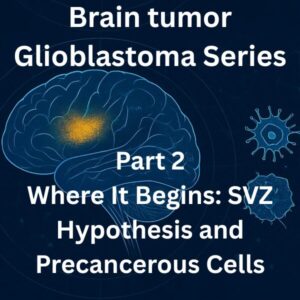
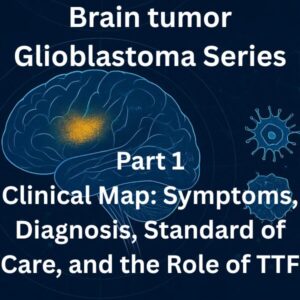
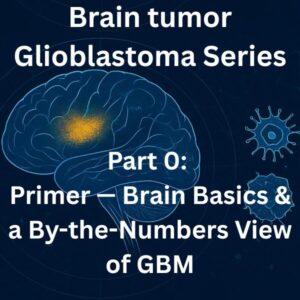
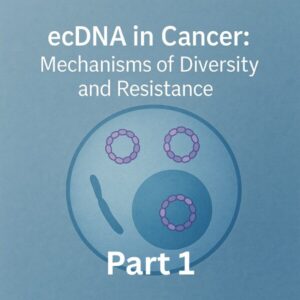
Comments